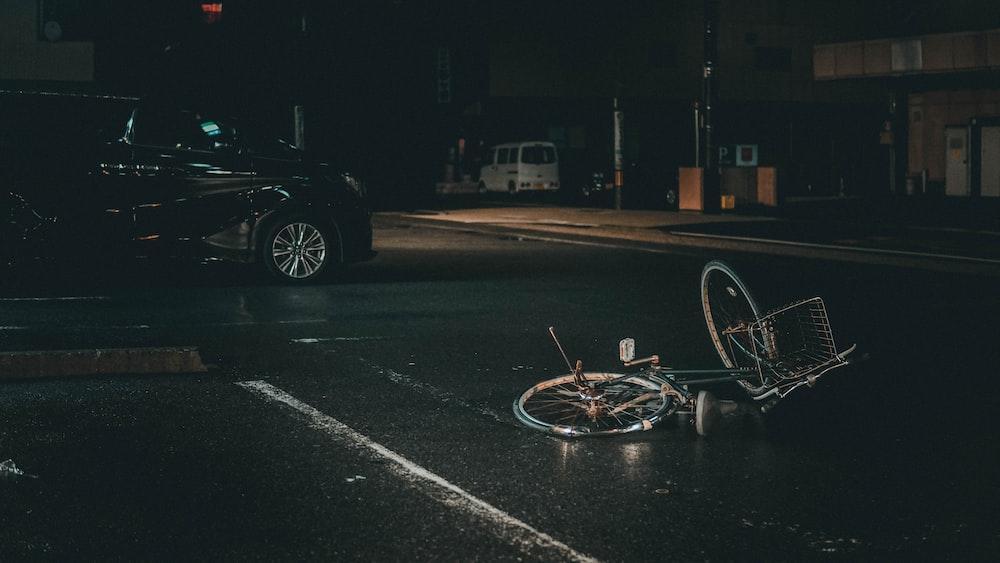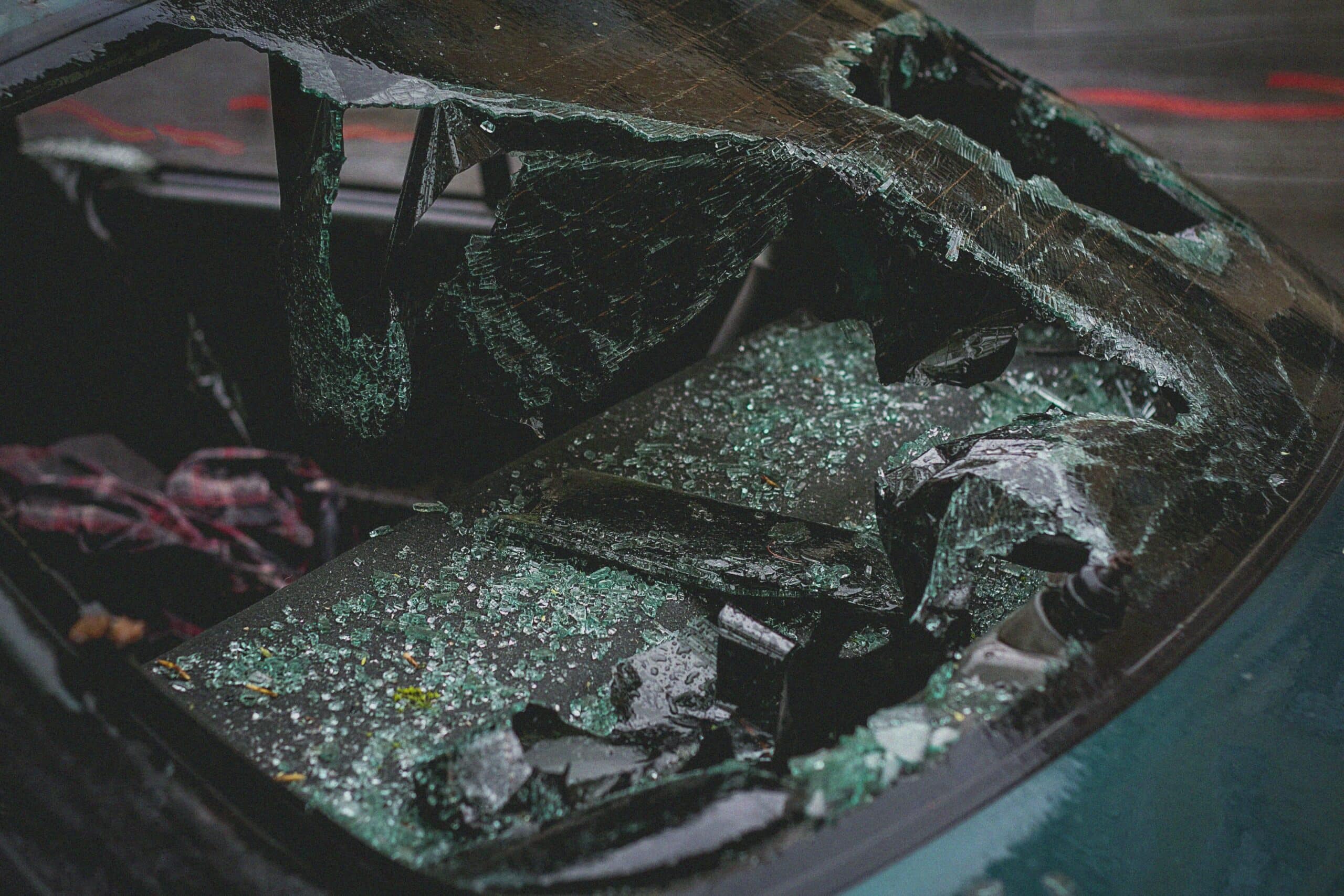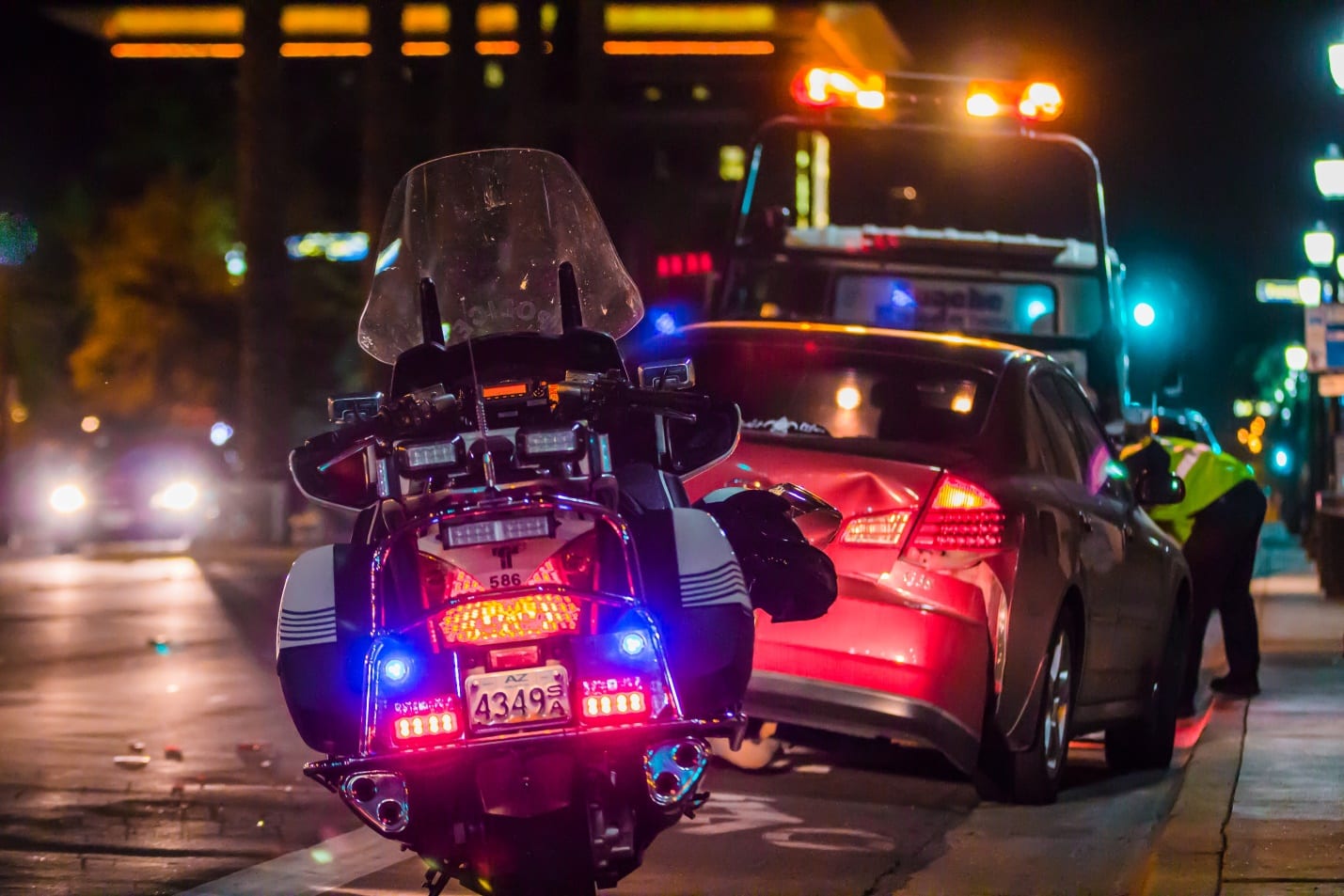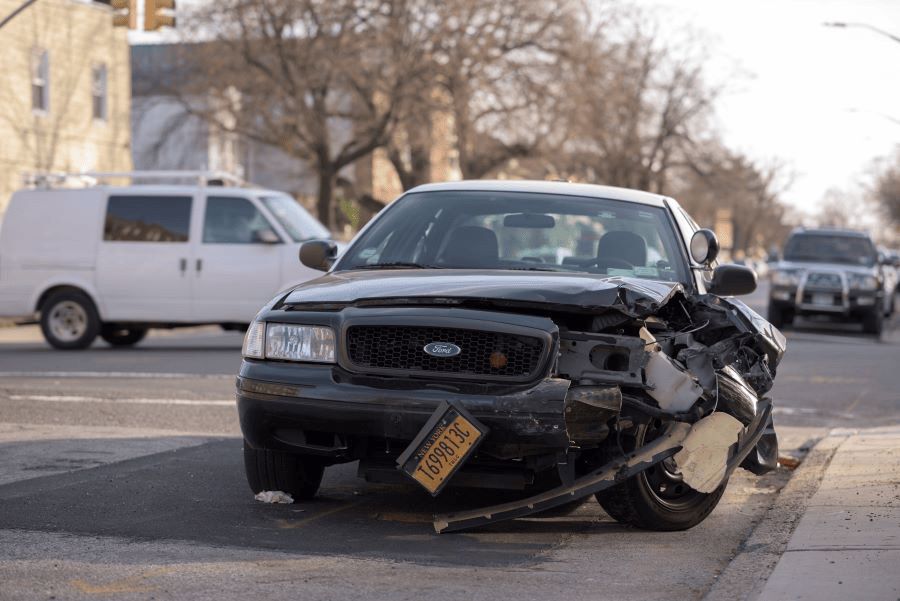
Car accidents come in various forms, and one unexpected scenario that can occur is colliding with a building. Whether it’s due to a momentary lapse in judgment, a mechanical failure, or adverse weather conditions, hitting a building with your car can be a stressful experience. In the blink of an eye, you may be faced with the daunting reality of property damage, potential injuries, and the complex world of insurance claims.
In some states including Nevada, the consequences of such an event can be both legally and financially significant. This article aims to provide clarity on what happens if you hit a building with your car in Nevada, shedding light on the insurance implications, legal obligations, and the steps to take in the aftermath.
What to Do if You Crash Your Car Into a Building?
Life is unpredictable which means accidents can happen. Crashing your vehicle into a building is among the most unforeseen and alarming situations. This sudden collision can result in property damage, potential injuries, and a host of legal and financial concerns.
Whether it’s a momentary lapse in attention, adverse weather conditions, or a mechanical failure, knowing what steps to take after crashing your car into a building is crucial for ensuring safety, addressing legal obligations, and managing the aftermath effectively.
Prioritize Safety:
The safety of everyone involved should be your first concern. Check yourself and any passengers for injuries. If possible, assist them to safety. Ensure that the area is secure and that there is no risk of further collapse or danger. Call 911 immediately for medical assistance in case anyone is injured.
Contact the Police:
In most places, including Nevada, it is a legal requirement to report any accident involving property damage to the police, especially if the damage exceeds a certain threshold. Contact the law enforcement officers to report the accident. This report will be crucial for insurance purposes and to determine responsibility.
Gather Information:
While waiting for the police to arrive, document the accident scene. Take pictures of the damage to your vehicle, the building, and the surrounding area. This visual evidence can be essential for insurance claims and legal matters.
Exchange Information:
If there are other parties involved, exchange contact and insurance information. This includes the names, phone numbers, and insurance details of the other driver or property owner. It’s essential to cooperate and remain calm during this process.
Notify Your Insurance Company:
Contact your auto insurance provider as soon as possible to report the incident. They will guide you through the necessary steps and let you know what information they require. Provide all the details about the accident, and be honest and accurate in your statements.
Seek Medical Attention:
Even if you believe you haven’t sustained any injuries, it’s a good practice to get checked by a medical professional. Some injuries may not be immediately apparent, and having a medical record can be important for insurance claims.
File an Insurance Claim:
Your insurance provider will work with you to file a claim. Be prepared to provide the police report, witness statements, and any photographic evidence. If the building you hit is privately owned, the property owner may also file a property damage claim with their insurance company.
Liability Assessment:
In cases where you were at fault for the accident, your liability insurance coverage will come into play to cover the property damage. In situations where you were not at fault, the other party’s insurance should cover the damages.
Legal Considerations:
If the property owner’s damages exceed the insurance coverage, they may pursue legal action against you to recover the remaining costs. Legal representation may be necessary in such situations, and this is when consulting with an attorney becomes important.
Insurance Implications: Coverage for Building Collisions
Car insurance is a mandatory requirement for all drivers in Nevada, and it serves as a critical safety net in the event of an accident. In the context of hitting a building with your car, several key aspects of your auto insurance policy come into play.
Liability Insurance: This type of insurance covers damage you may cause to other people’s property. When your car hits a building, your liability coverage will be vital in addressing the property damage claim.
Collision Insurance: If you carry collision insurance as part of your auto insurance policy, it covers the cost of repairing or replacing your vehicle in the event of a collision, even if you were at fault.
Medical Expenses: If injuries are sustained in the accident, your insurance may cover medical costs, but this depends on the type of coverage you have. In Nevada, drivers are required to have a minimum of $25,000 per person in bodily injury coverage.
Property Damage Claim: To cover the expenses related to repairing the damaged building, you will rely on your liability insurance. This coverage will be used to compensate the property owner for the necessary repairs.
Filing an Insurance Claim: The Claims Process
The process of filing an insurance claim for a car-into-building accident involves several steps. It’s important to understand that the specific details can vary depending on your insurance provider and the terms of your policy. However, the following steps will provide a general guideline:
Contact Your Insurance Provider: As soon as possible after the accident, get in touch with your car insurance company to report the incident. They will guide you through the necessary steps and provide instructions on what information they need.
Gather Information: Be prepared to provide details about the accident, such as the date, time, location, and a description of how the accident occurred. You’ll also need to provide the accident report generated by the police.
Document the Damage: Take pictures of the damage to your own vehicle and the building. This visual evidence can be invaluable during the claims process.
Seek Repair Estimates: If your vehicle requires repairs, obtain estimates from reputable auto repair shops. Your insurance adjuster will use these estimates to assess the cost of repairs.
Consult with an Attorney: In the claims process following a car-into-building accident, the presence of an attorney is invaluable. Attorneys bring legal expertise, ensuring your rights are protected, and they can maximize compensation while navigating complex cases and providing skilled negotiation, evidence gathering, and representation if legal action is necessary, ultimately enhancing your position and helping you achieve a fair resolution.
Claim Approval: Once your claim is submitted, the insurance company will investigate and determine the extent of your coverage. If the claim is approved, you will receive compensation to cover the repairs to your vehicle and any property damage to the building.
Policy Limits: Be aware of your policy limits. The amount your insurance company will pay may be capped by your coverage limits, and you may need to pay a deductible before your coverage kicks in.
Deductible: Depending on your policy, you may have to pay a deductible before your insurance provider covers the rest of the costs. This is the amount you are responsible for before insurance coverage begins.
Legal Consequences and Accountability
In the state of Nevada, as in many other places, drivers are expected to carry liability insurance to cover property damage they may cause to others. If you hit a building with your car, you may be held liable for the damage, and your insurance provider will play a significant role in addressing the financial aspects.
It’s essential to remember that accident forgiveness may not apply in the case of building collisions, as these incidents are typically considered at-fault accidents. This means that your insurance premiums could increase as a result.
In some cases, the property owner may choose to pursue legal action against the driver to recover costs that exceed the insurance coverage. Legal representation may be necessary in such situations.
Engaging a lawyer who specializes in personal injury or property damage claims is crucial when facing the prospect of legal action. These legal professionals are well-versed in the complex nuances of such cases and can provide valuable guidance and representation in court. They work to protect your rights and interests and strive to reach a fair resolution for all parties involved.
Importance of Attorney
An attorney plays a crucial role in cases where a driver has hit a building with their car in Nevada. Their importance lies in several key aspects:
Legal Guidance:
Attorneys are well-versed in the intricacies of personal injury and property damage laws in Nevada. They provide legal advice to clients, explaining their rights and responsibilities and helping them understand the legal consequences of the incident.
Negotiation:
Attorneys can negotiate with insurance companies and the property owner’s legal representatives on behalf of the driver to reach a fair settlement. They aim to protect their client’s interests and ensure that the financial burden is minimized.
Lawsuit Defense:
In cases where a property owner pursues legal action against the driver to recover costs beyond insurance coverage, an attorney is essential for building a strong defense. They represent the driver’s interests in court, presenting arguments and evidence to achieve a favorable outcome.
Documentation and Evidence:
Attorneys assist in gathering and presenting crucial documentation and evidence, such as accident reports, photographs, and witness statements, to support their client’s case. They ensure that all necessary paperwork is filed correctly and on time.
Maximizing Compensation:
Attorneys work diligently to secure the best possible collision coverage for their clients, whether through settlements with insurance companies or favorable judgments in court. They aim to ensure that their clients are not unfairly burdened with excessive costs resulting from a car crash.
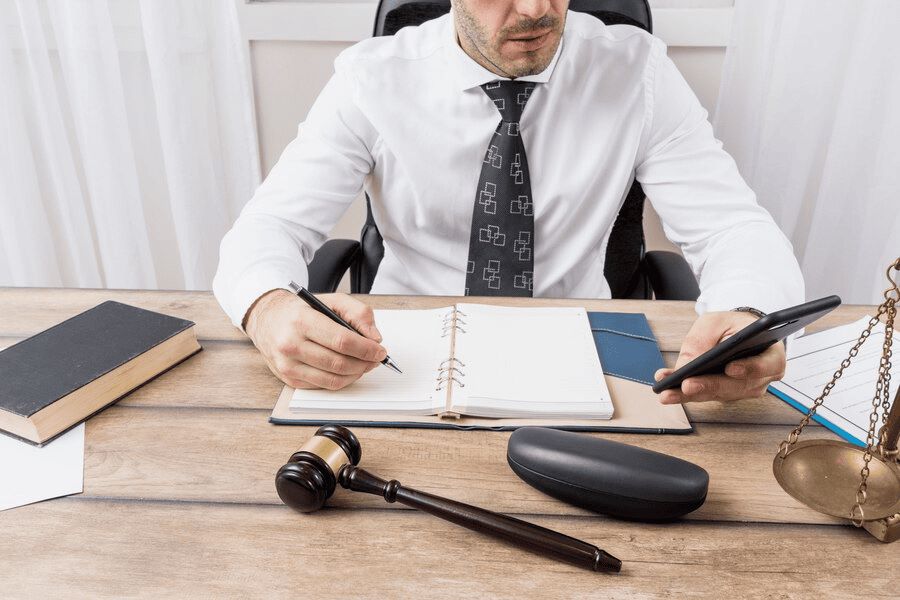
Consult With a Proficient Car Accident Attorney at BLG
In summary, if you find yourself in the unfortunate situation of hitting a building with your car in Nevada, understanding the legal and insurance implications is crucial. Always prioritize safety, seek medical attention if necessary, and ensure that the police are involved in creating an accident report. Your insurance coverage, specifically liability and collision insurance, will be central to addressing the property damage and any potential injuries.
Filing an insurance claim and cooperating with your insurance provider are key steps in the aftermath of a building collision. Be mindful of your policy limits and any deductibles that may apply. Remember, while your insurance will provide financial protection, you may still be held legally responsible for the damage, and legal action could be taken against you if the costs exceed your coverage.
Ready to navigate the legal complexities of a car accident involving a building collision in Nevada? Consult with a proficient car accident attorney at BLG today. Our experienced team is here to provide you with expert guidance and support. Don’t wait; contact us now to protect your rights and seek the compensation you deserve.


